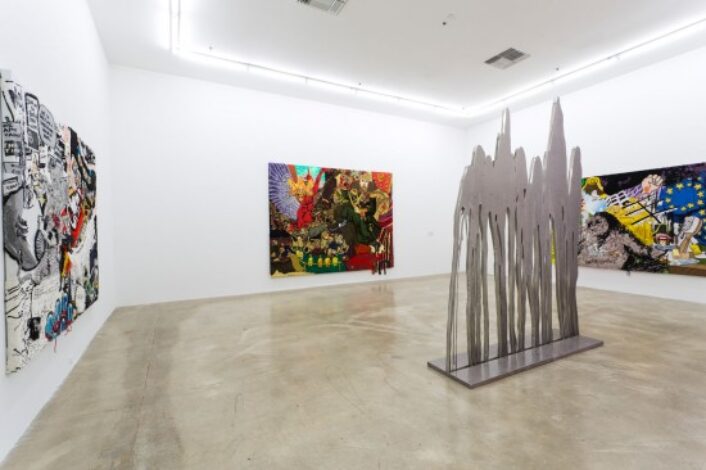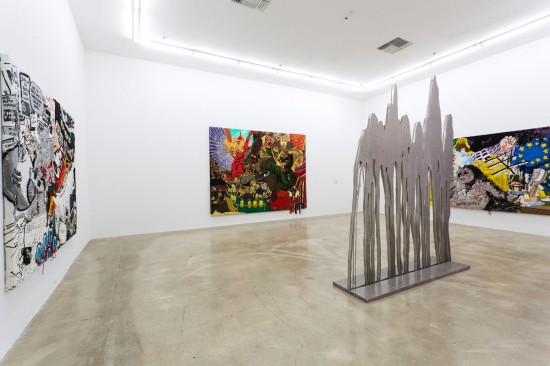
Photo: Rubell Family Collection
There are three major collecting families in Miami: the Margulies, the Rubell and the De La Cruz families. These three collections open their spaces during the Art Basel week to the crowds that flock to Miami in search of new and inspiring works. So what do these three different collections have to offer? Here is a quick look at the three collections.
We had the most engaging experience this trip at the Marguiles Collection. The long time curator of the collection, Katherine Hinds, is brilliant at bringing together household names, such as Miró, with cutting edge contemporary artists at the start of their careers. This collection, in its warehouse location in the Wynwood Arts District of Miami, rivals many museum collections.
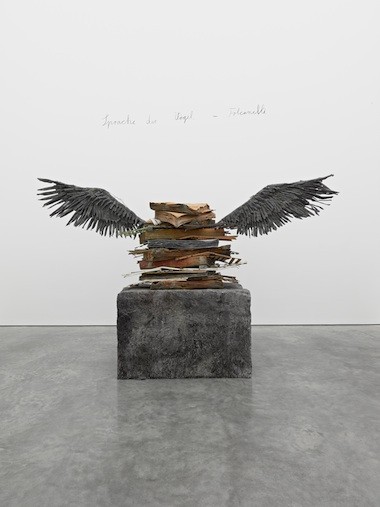
Anselm Kiefer (German, b. 1945), Sprache der vogel (Language of the Birds), 1989
Photo: www.artpractical.com
Anselm Kiefer’s work is poetic, bypassing language and rationality while creating layers of aesthetic meaning. Here, a stack of lead tomes and folding chairs sprouting lead eagle’s wings set atop a massive block of ash-encrusted resin.
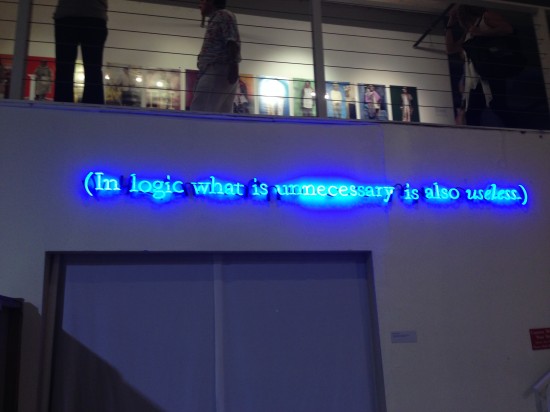
Joseph Kosuth (American, b. 1945), No Number #8 (Not on Color/Blue), 1988
Joseph Kosuth is one of the central Conceptual artists from the 1960s (along with Sol Lewitt, Lawrence Weiner and others). For them, the totality of an artwork was the idea behind it, and paintings and sculptures were unnecessary and outdated. This blue neon seems to belong in the context of Miami.
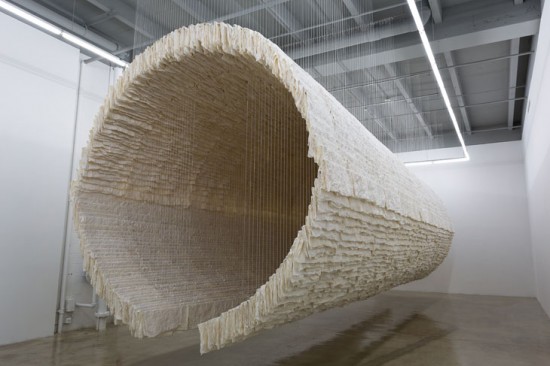
Zhu Jinshi (Chinese, b. 1954), Boat, 2012
Photo: The Rubell Family Collection, Miami
The Rubell family traveled to China to visit numerous artist studios and brought back some of their favorites, creating an exhibition entitled “28 Chinese”. What we appreciate most about the Rubell family is their willingness to be cutting edge. They are not afraid to take chances with unknown artists and have a wonderful discerning eye. Read more about the Rubell “28 Chinese Exhibition” here.
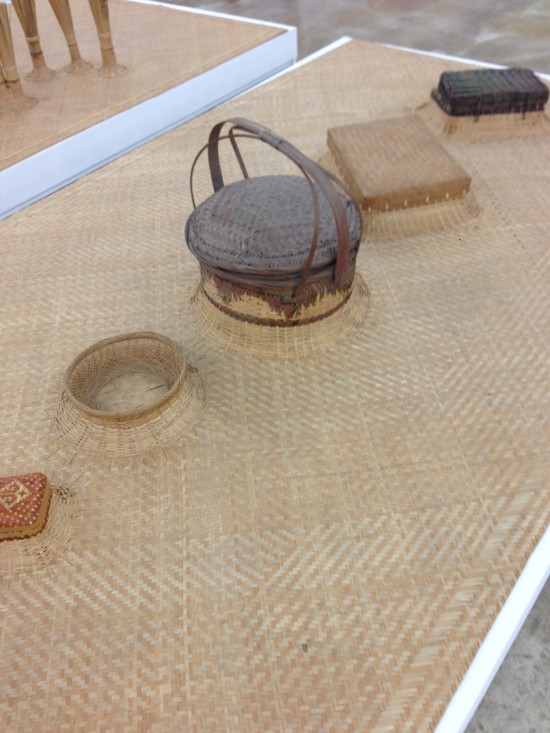
Qiu Zhijie (Chinese, b. 1969), I Used to Have 72 Forms, 2009
Qiu Zhijie’s bamboo installation consists of 6 panels, each 5ft. X nearly 10ft. For the artist, the medium represents the quintessential characteristics of the Chinese people: peaceful, merciful and pliable. Like other Chinese contemporary artists (such as Yang Yonliang), Qiu is commenting on the paradox of improvement and progress with the loss of traditional form and craft. For more about Qui Zhijie’s recent installation at Pace Gallery, Beijing see here.
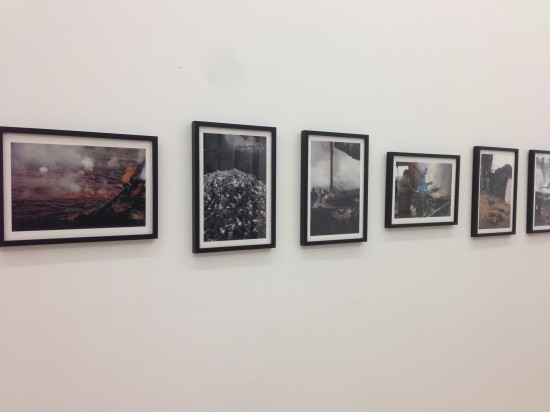
He Xiangyu (Chinese, b. 1986), Cola Project – Extraction Documentation, 2010
In 2008, He Xiangyu boiled 127 tons of Coke. From black sludge to coal-like crystals to ground down ink, the artist used his new material to create traditional Chinese Song dynasty ink paintings.
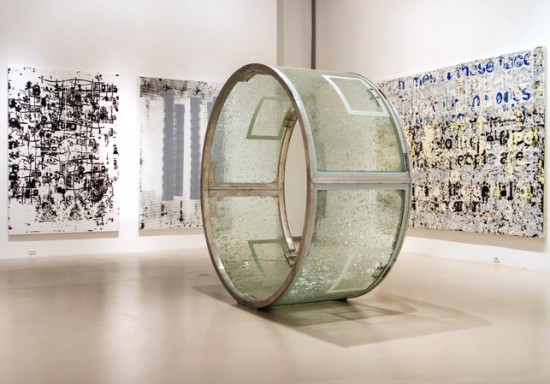
Finally we went to the De La Cruz collection. For this year’s exhibition, Rosa and Carlos de la Cruz decided to select work by artists that focuses on patterns and process. Above, the view from the street features works by Christopher Wool (Untitled, 1998, Untitled H. H., 2003), Mark Bradford (Untitled, 2011) and Dan Colen (The Big Dipper, 2013)
Photo: www.delacruzcollection.org
